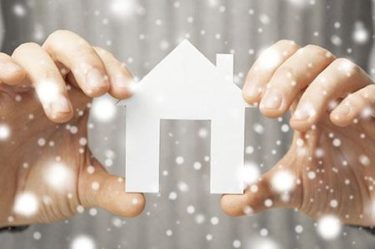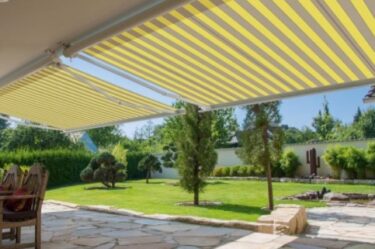
We’re at an age where people are being increasingly conscious of the effect of their actions on the environment. So much so that anything that adversely affects the environment is greatly frowned upon.
Over time, several eco-friendly lifestyles have being encouraged such as planting trees, conserving water and recycling plastic. Finally, we have arrived at the topic of eco-friendly homes. Eco-friendly homes are designed with materials that reduce carbon footprint and energy requirements.
Several parts of the world are already implementing these changes. The UK, for instance, is at the forefront of this exhilarating mission to make eco-friendly homes the standard of building houses for all.
As an architect, builder or even an energy company, it is important to know the properties of buildings that are in demand right now. However, to do this, an understanding of what makes a good eco-friendly home is needed.
Renewable Energy
One of the most important key features of eco-homes is the use of renewable energy. Solar panels, biomass boilers and heat pumps allow you to generate your own energy and reduce your reliance on fossil fuels.
Although the cost of obtaining these alternative sources of energy can be expensive, they still allow you to save money in the long run via the elimination of electricity bills.
Appropriate Insulation
Insulation is a vital ingredient in the construction of a sustainable eco-home. The improvement of your home’s thermal efficiency would not only decrease your costs but also substantially reduce your carbon footprint.
There is a wide range of environmentally acceptable alternatives to conventional insulating materials that contain chemicals that harm the environment in one way or the other. Environmentally acceptable insulators have to be renewable, non-toxic and biodegradable. Examples of materials that meet these requirements include wool, cotton, cork and recycled plastic.
Water Conservation
The installation of water conservation systems is an easy approach to decrease your energy consumption. Rainwater can be collected and used to meet all your water needs. Furthermore, the use of certain appliances can further increase the amount of water you can save e.g dishwashers, washing machines, low flow/pressure taps.
Natural Lighting, Window Placement and Ventilation
One of the major considerations for planning the construction of an environmentally friendly home is to make use of the natural light and ventilation in your new home. The creation of a house that uses these natural resources makes the internal atmosphere healthier and more efficient.
Skylights and small, double-glazed windows can be used to achieve proper ventilation and natural light. Due to their ability to trap heat, double-glazed windows can be used to regulate the temperature of your house, reduce drafts and eliminate outside noise. Properly selected skylights can reduce your reliance on electric illumination throughout the day. In addition, skylights can also be used to regulate the heating and ventilation of your eco-home.
Make it Smart
Building a smart home can greatly reduce energy consumption. For instance, smart thermostats can control your house temperature and modify it according to your daily pattern and then switch the heat off during your work hours and on again just before you return home. Furthermore, smart lighting can turn off the lights you left on, remember and schedule your routine.
Another noteworthy piece of information is that technologies like these are now increasingly cost-effective and easy to implement.
Our planet has given us so much already, therefore, it is important that we take care of it. Building eco-friendly homes is definitely one of the ways to give back to the earth.




